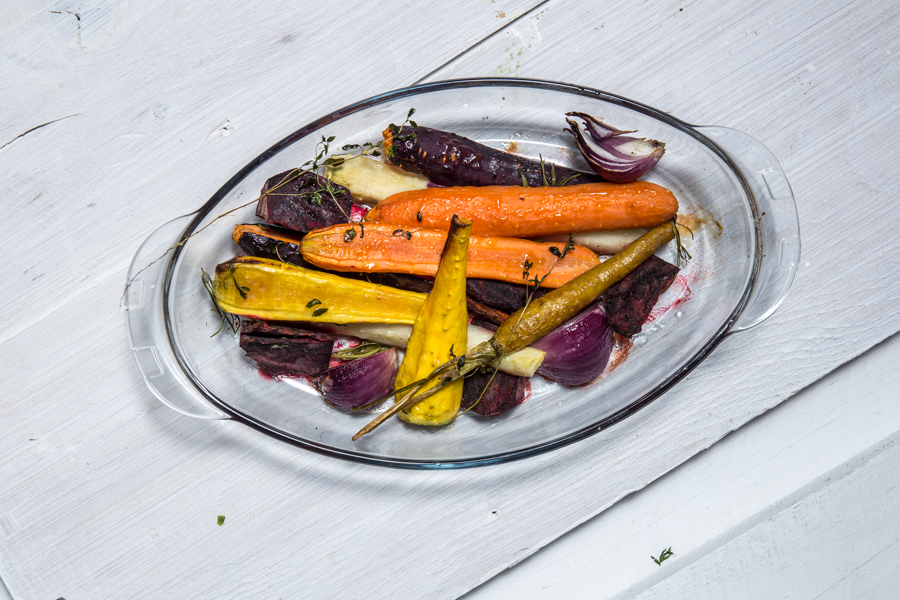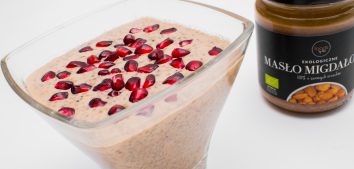
Root vegetables for athletes! Why we should eat them?
Probably permanent observers of my blog have already noticed what products I like the most :), among other things, I love our Polish vegetables, especially the root ones.I constantly recommend them to athletes as a source of carbohydrates.
Severe, continuing exercises can lead to metabolic acidosis, or to the state of imbalance of acid-base causes an accumulation of blood excessive amounts of substances of an acidic nature, or reducing the concentration of the substance of a basic nature (mainly anions bicarbonate) and, as a result of the reduction of the pH. (Source: Wikipedia)
A good diet and eating habits will help in bringing the acid – base balance. It is important to try to limit the products that operate alkaline environment. 80% of the products in the diet should be an alkaline environment products and only 20% of the products of are acidic. Increase the amount of vegetables, because that’s what neutralize excess acids.Because it is autumn and root vegetables are super popular, so im recommending eating them 🙂
Root vegetables include: carrots, parsnips, beets, celery, parsnip.
They are an irreplaceable source of vitamins and minerals during the winter. They take care of our health and immune system, which in this period is particularly needed. In addition, vegetables are cheap and easily available all year round.
Briefly i will recall the characteristics of each of them:
Carrot, is the most popular root vegetable. It is an invaluable source of beta – carotene supplies vitamin B6, D, H, E, K, PR. It contains carbohydrates, essential oils, flavonoids, lecithin, enzymes, and fiber. It contains calcium, potassium, iron, copper, phosphorus and iodine.
Parsley – we can use both root and parsley leaves. It can be also used as a spice or therapeutically (a diuretic often used in kidney disease). It provides a source of vitamin C as well as iron and calcium.
Beets – are recommended for treatment of gastrological diseases They contain fiber and helps the digestion. They are rich in potassium, calcium, magnesium, cobalt, iron, manganese, vitamins A, C and B1.additionaly they are full of folic acid, which prevents calcification of blood vessels, and enhances immunity.
Celery – as in the case of parsley we can eat root and leaves. Celery contains more vitamin C than citrus fruit, plus B vitamins, folic acid, vitamin PP. 100 grams of celery root provides about 42 calories (kcal). Thus, no worries, you can add it into your diet.
Parsnip – twin of parsley and often confused with parsley. It contains wit. A, B1, B2, B6, C and K
How to prepare root vegetables?
There are many possibilities. You can prepare a delicious cream soups, you can add them to meat or pasta. You can also boil it or baked – my personal favorite, or in the form of chips or fries. Just add your favorite seasoning mix 🙂










Comments No Comments
Join the discussion…